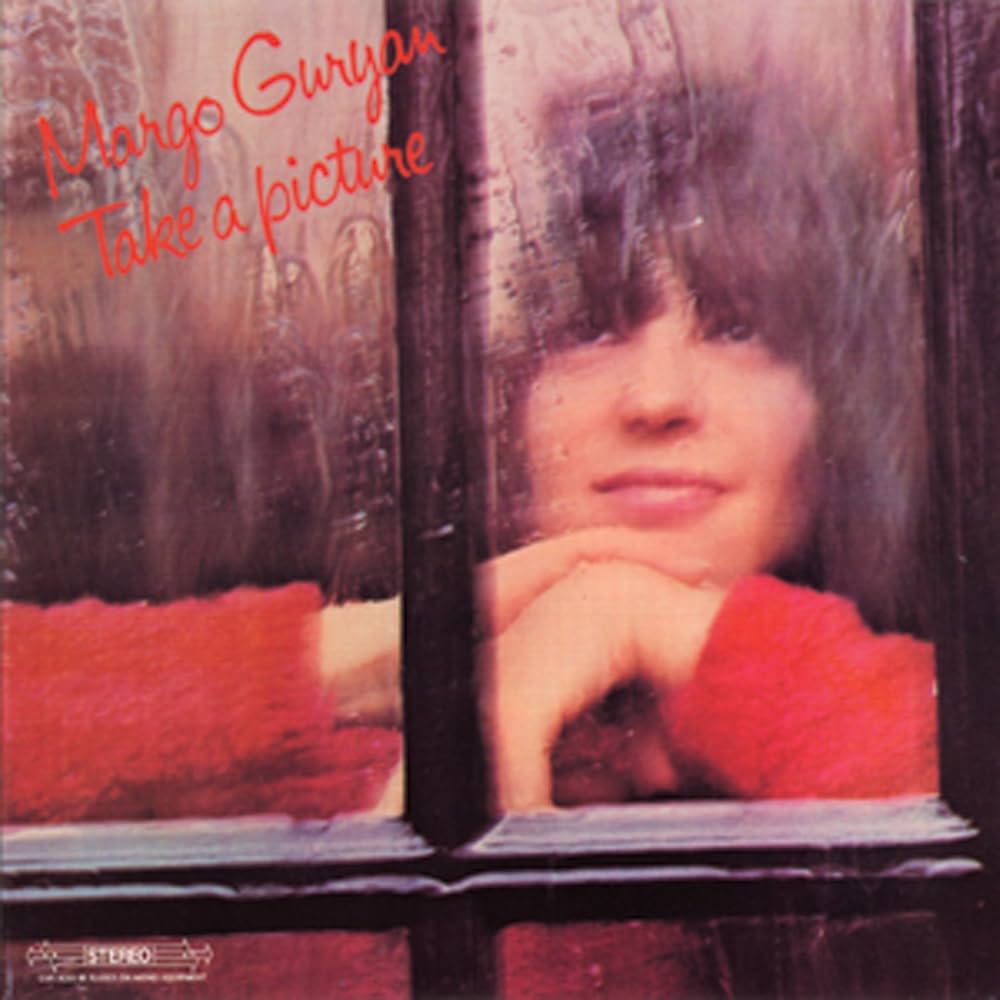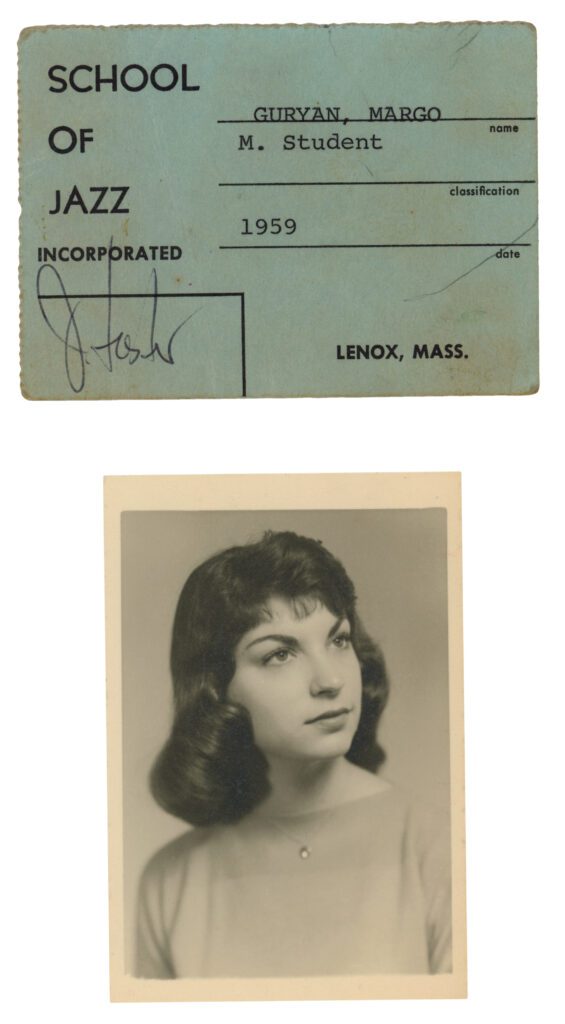

A Brief History of Margo Guryan
Table of Contents
Explore the life, career, and enduring legacy of Margo Guryan.

Introduction to Margo Guryan
Margo Guryan was a genre-blending American singer-songwriter whose fusion of jazz sophistication and pop clarity positioned her as one of the more underappreciated figures of the 1960s music scene. Though her career in the spotlight was brief, her legacy continues to grow. Today, Guryan is widely celebrated as a quiet revolutionary — a songwriter who operated on her own terms and inspired generations to follow suit.
Early Life and Education of Margo Guryan
Born on Sept. 20, 1937, in New York City, Guryan was raised in Far Rockaway, Queens. Her early immersion in music came from her parents, both pianists, and by the age of six, she was already taking piano lessons. She attended the High School of Music & Art in Manhattan before enrolling at Boston University, where she initially studied classical piano before shifting her focus to composition.
Her musical evolution took a defining turn in 1959 when she attended the Lenox School of Jazz. There, she studied with prominent jazz musicians including Max Roach, Bill Evans, and Gunther Schuller, and performed alongside Ornette Coleman and Don Cherry. The experience instilled in her a lifelong respect for improvisation and musical structure.

Musical Influences and Artistic Direction
Though jazz was Guryan’s first love, her creative perspective shifted dramatically after hearing the Beach Boys’ God Only Knows. She credited Brian Wilson’s harmonies and emotional depth as a transformative influence, pushing her toward pop songwriting. Her compositions soon began to integrate jazz phrasing, classical voicings, and pop sensibilities — a blend that became her signature.
This synthesis of genres placed her outside the mainstream, but it also garnered critical acclaim. Guryan’s writing stood apart in a decade dominated by male-centric rock and radio-friendly singles. Her subtle and intellectual songwriting found a niche audience and built a foundation for her cult following.
Professional Breakthrough: Take a Picture (1968)
In 1968, Guryan signed with Bell Records and released her debut album, Take a Picture. Produced by John Simon, known for his work with The Band and Leonard Cohen, the record showcased her lyrical sophistication and lush arrangements. Standout tracks include “Sunday Mornin’,” “Think of Rain,” and “Love Songs.”
Though Take a Picture was a Billboard “Special Merit Pick” and received positive reviews, Guryan declined to tour in support of the album. She found the promotional demands of the industry to be demeaning and was fundamentally opposed to the commercialization of her work. Her refusal led to limited promotion, and the album failed to chart.
Decades later, Take a Picture would be rediscovered by music historians and indie artists alike, praised for its innovative structure and ahead-of-its-time lyricism. A mono version of the album, Take a Picture (Mono), was later made available to collectors and fans.
Stepping Away from the Spotlight
Following her departure from performance, Guryan focused on songwriting and publishing. She joined April-Blackwood Music, a CBS affiliate, and contributed songs to a range of artists including Carmen McRae and Spanky and Our Gang. She also composed commercial jingles and worked behind the scenes as a producer and arranger.
Among her more whimsical contributions was The Chopsticks Variations, a playful reimagining of the classic piano piece into 14 unique compositions. Though outside the commercial spotlight, her work during this period demonstrated both versatility and commitment to her artistic principles.
Revival and Later Works
Guryan’s work experienced a revival in the late 1990s and early 2000s, particularly among crate diggers, indie pop fans, and overseas audiences. In 2000, Take a Picture was reissued and met with critical acclaim, reigniting interest in her broader body of work.
That same period saw the release of 28 Demos, a compilation of raw home recordings that highlighted her stripped-down songwriting and studio process. Songs like “Someone I Know” and “Can You Tell” captured the intimacy of her creative voice.
In 2007, Guryan released “16 Words,” a politically charged song responding to the Bush administration’s claims about weapons of mass destruction in Iraq. The track marked her first new release in decades and reaffirmed her belief in music as a platform for truth and resistance.
In 2024, Sub Pop released Like Someone I Know: A Celebration of Margo Guryan, a tribute compilation featuring performances by Clairo, Empress Of, TOPS, and Frankie Cosmos, among others.
Influence and Enduring Legacy
Though Guryan only released one studio album in her lifetime, her impact as a songwriter and cultural figure has continued to grow. Her seamless blend of chamber pop, jazz textures, and incisive lyricism paved the way for a wave of female artists who value autonomy and stylistic freedom.
Musicians such as Jessica Pratt, Cate Le Bon, and Lizzy Mercier Descloux owe a creative debt to Guryan’s boundary-breaking approach. Her music remains a touchstone for artists exploring the quieter, more intimate corners of pop expression.
Passing and Posthumous Recognition
Margo Guryan died on Nov. 8, 2021, at the age of 84 in Los Angeles. Following her passing, music outlets including The New York Times and BuzzBands.LA published tributes celebrating her artistry and renewed relevance.
Her legacy continues to inspire. In life, Guryan defied commercial pressures and insisted on creative integrity. In death, her music persists as a quiet, righteous, and profoundly influential force — one that helped redefine the role of women in pop and jazz.
Essential Margo Guryan Tracks
“Sunday Mornin’”
“Think of Rain”
“Love Songs”
“Someone I Know”
“California Shake”
“16 Words”
Where to Listen and Explore
Guryan’s music is widely available on streaming platforms and her official Bandcamp archive. Key releases include:
Final Thoughts
Margo Guryan’s story is one of quiet rebellion and artistic perseverance. Her music, at once lush and introspective, challenged the norms of her time and laid the groundwork for countless artists who followed. As her influence continues to expand, Guryan remains an essential figure in American music history — not just for what she created, but for the way she lived it.
If you enjoyed this article, check out Margo Guryan’s “More Understanding Than A Man”.
Love deep dives like this? Discover more articles celebrating visionary artists, lost classics, and underground movements over at Halftone Magazine’s Latest Features.
Check out Halftone Magazine on YouTube.

